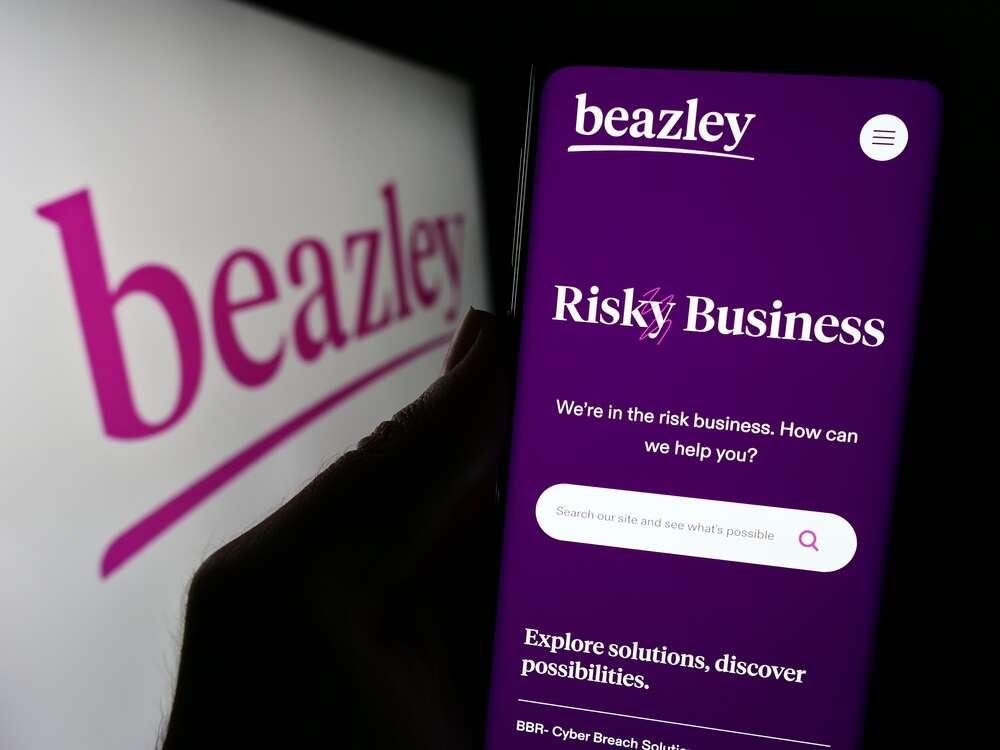
Insurance provider Beazley has announced the completion of its first cyber catastrophe bond. Dubbed PoleStar Re Ltd, the 144A catastrophe bond (CAT) – the first from the UK-based insurance provider – grants Beazley indemnity against “all perils in excess of a $300m catastrophe event”. Launched early last year, the bond initially targeted $75m in reinsurance coverage from the market but was eventually sold for $140m.

Cyber insurance market is maturing – if still unstable
CATs are high-yield debt instruments that allow insurance companies to shield themselves against the possibility of catastrophic events like natural disasters, international conflicts and – increasingly – devastating cyberattacks. Insurance providers solicit investment from pension and hedge funds to invest in a bond typically lasting two to five years, within which investors are paid high levels of interest. Those payments are usually delayed or cease altogether, though, if the catastrophic event covered by the bond takes place.
Cyber insurance itself remains a lucrative if unstable market, as providers slowly adapt to the private sector’s persistent vulnerability to threats such as ransomware. According to UK government statistics, an estimated 32% of companies and 24% of charities were hit by cyberattacks in 2022, with the most disruptive breaches costing large and medium-sized businesses an average of £4,960. Recent months, however, have seen cyber insurance pricing decline by as much as 8% for companies with revenues above £250m, with providers increasingly embracing incident management and risk advisory services as part of their packages.
Meanwhile, fears continue to grow about the extent of insurance coverage for systemic cyberattacks. Coverage for property damage, bodily injury and losses related to attacks on critical national infrastructure remain relatively common in the cyber insurance market, with major providers like Lloyds of London even choosing to forego insuring businesses against the impacts of cyber-warfare. As such, critics fear that the sector is completely unprepared to cope with a systemic cyberattack. A recent estimate by the Cambridge Centre for Risk Studies priced the potential economic damage of such an attack on the financial sector at $3.5trn – too much to handle, say some, for an insurance sub-sector that took in an estimated $12bn in premiums in 2023.
Beazley catastrophe bond notable in the neighbourhood
Beazley’s PoleStar Re Lrd CAT, by contrast, is one of the first bonds intended to protect the provider against such an event (the firm has also announced two more similar bonds are in the pipeline). In an interview with the Financial Times when the bond was initially launched last year, Beazley’s chief executive Adrian Cox expressed hopes that the bond would help the firm tap into a much larger investment pool for cyber insurance products worth “trillions, rather than hundreds of billions” of dollars.
Founded in 1986, the UK-based company is a giant in the insurance market, underwriting businesses across the US and the European Economic Area. Additionally, Beazley manages seven Lloyd’s syndicates, defined as associations of companies and underwriters that band together to provide indemnity against particular types of risk.






